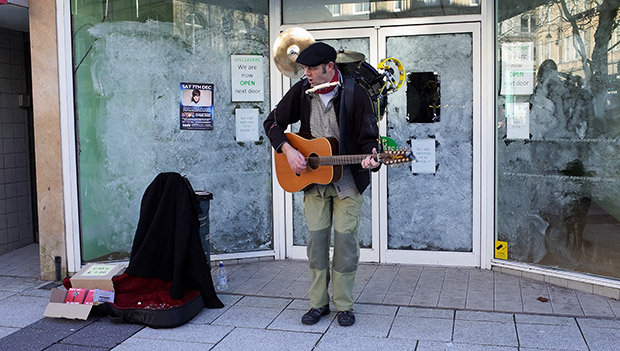
I can’t remember the last time I saw a fully-fledged one-man band in action, so it was great to see this fella knocking out tunes on a full traditional rig in Cardiff’s Queen Street recently.
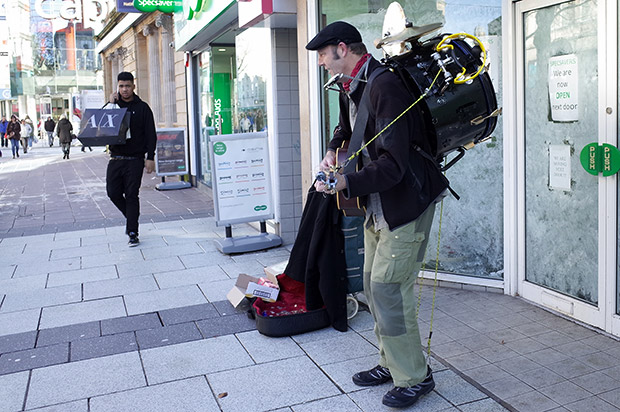
The set up looked particularly complex, with the drums and cymbals being operated by pulleys controlled by his feet, and a tambourine activated via a pulley running from the neck of the guitar to an adapted bass drum pedal bolted on to the bass drum.
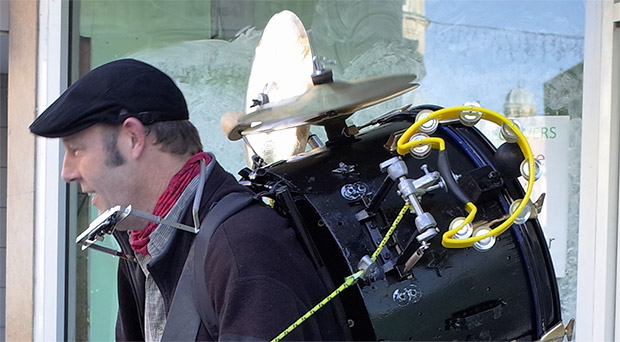
The multi-tasking musician also played guitar, harmonica and sang, making this a true man-band!
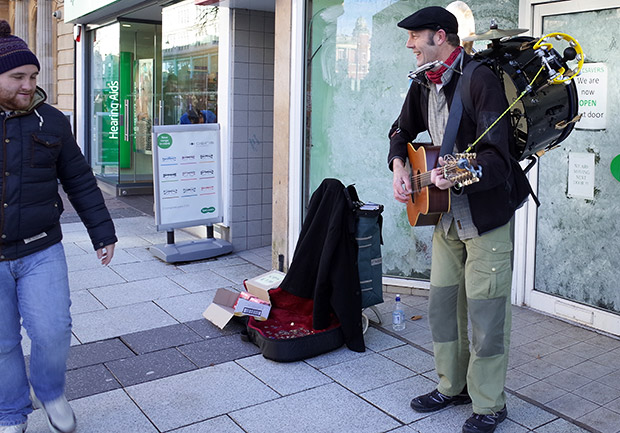
He seemed to enjoy his work too and brought a smile to the faces of people walking by.
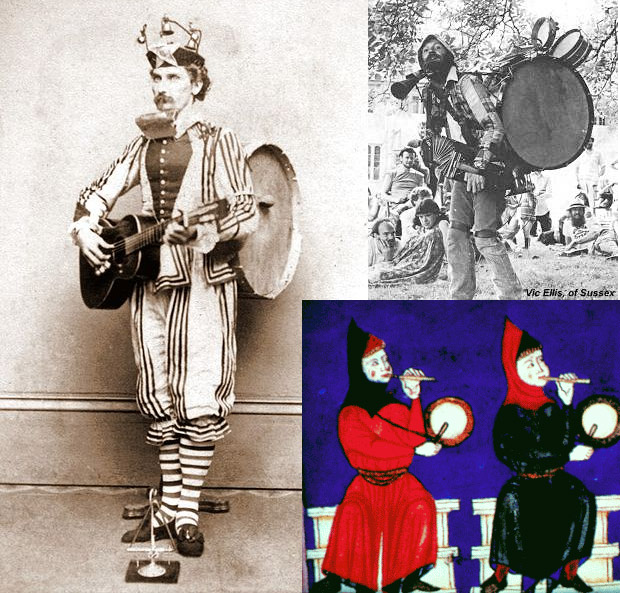
[Left to right, clockwise: US one man band circa 1865, Vic Ellis of Sussex and Pipe and taborers, from the 13th Century]
The earliest one-man bands date back to the 13th century, where musicians played a simple three holed flute (pipe) and bashed an early form of snare drum (tabor) – this practice can still be seen today in parts of rural France, in England, and among the Basques and Catalans [source].
By the early 19th century, street musicians could be found playing complicated arrays of instruments, including combinations of percussive sticks, panpipes, bass drums, tambourines, violin, accordions and more.
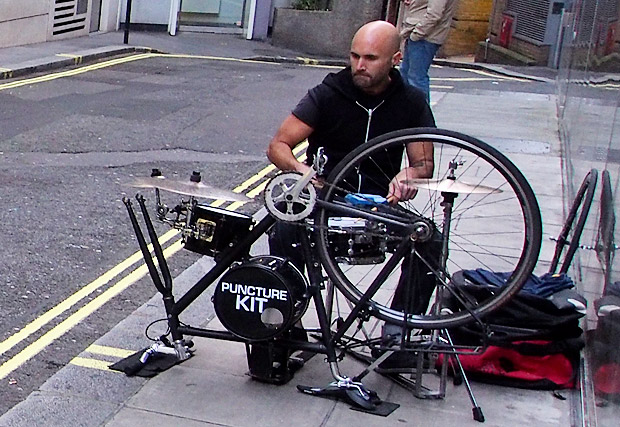
[Puncture kit busker, central London November 2012]
Modern technology, bijou amps and portable instruments have produced a new generation of one man bands who can create an impressively comprehensive approximation of a fully fledged band – although I have to say my favourite is still the fella with the bass drum on his back.

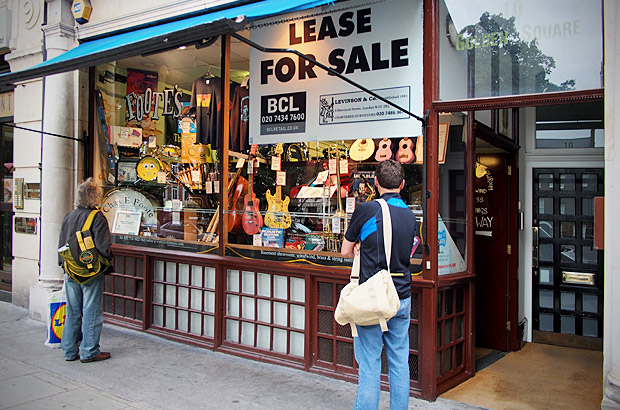



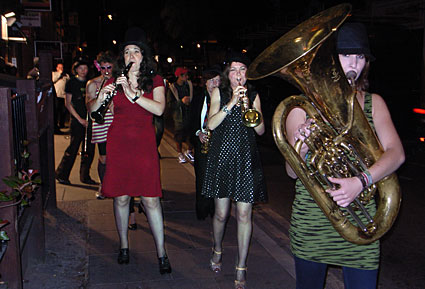
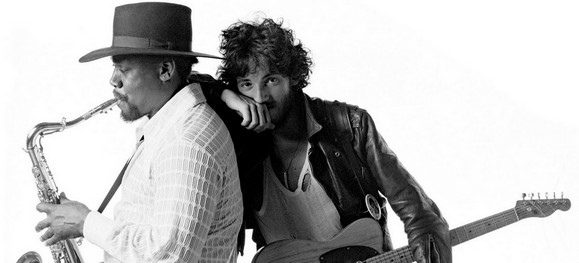
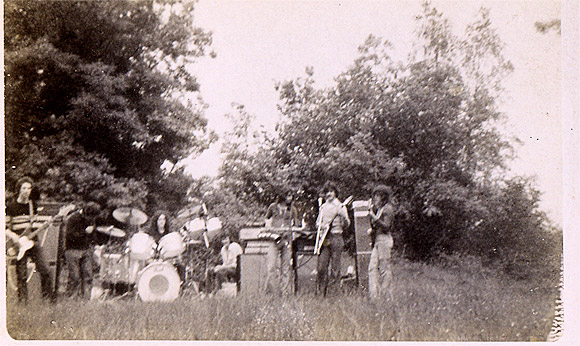
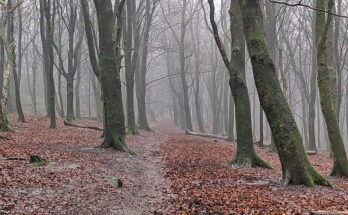
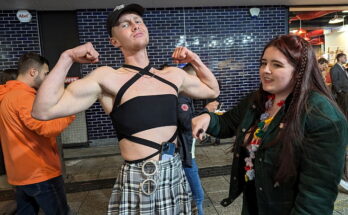

That’s me busking Cardiff on Xmas eve. I’ve been busking now for 33 years, all over Europe
Great fotos http://www.stevehart.dk